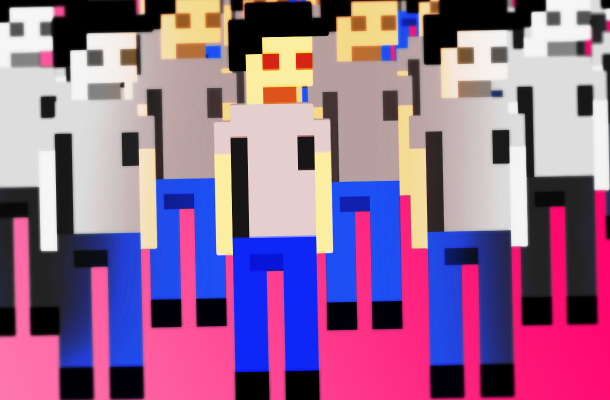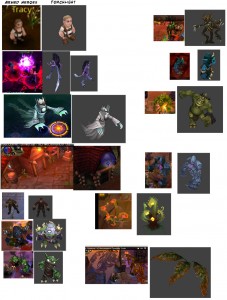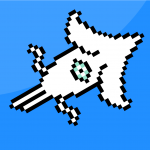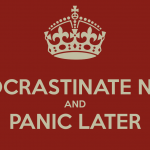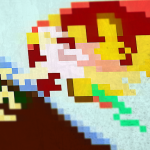Borrow/Copy/Steal—The Fine Line Between Inspiration and Cheekiness
 August 18, 2012
August 18, 2012  Games
Games  esdin
esdin  no responses
no responses
 Tagged with:
Tagged with:
Games are, by their very nature, unoriginal. We borrow ideas from eachother, warp and extend mechanics, layer ideas from multiple sources together, and then tweak internal settings to give our titles a unique feel. This is how any good artistic medium works, constantly remixing old material to create new and interesting results, with true innovation leading to an evolution of whole clades within its creator base.
We have a history of taking great ideas and building around them. Soon after DOOM was first released and gained widespread popularity, dozens of ‘copy cat’ games cropped up. These ‘Doom Clones’ were capitalizing on a hot commodity, but at the same time, this had created a new style of game for designers to play around in. Some changes were introduced inadvertently, as independently developed systems contributed their own unique quirks to the way the game world worked, while others were carefully thought out and cultivated to become full fledged mechanics. With each step, these games put space between them and their predecessor. Soon enough, people weren’t calling them Doom Clones any more—they were calling them First Person Shooters. A new genre had arisen out of an army of clones.
When we talk about ‘cloning’ a game in the industry, we’re talking about lifting mechanics, play styles, and other qualities from a title. The more similar the overall feel of the game is, the more likely it will actually be called a clone, but there seems to be some confusion outside of the industry as to what it takes to clone a game. Oftentimes, I get the impression from the gaming public that they believe a developer somehow extracted the source code from the targeted title, made a few changes here and there, and tried to pass it off as their own, like a kid copying their buddy’s homework before class. When that’s actually the case, the grey area rapidly fades to black. In reality, with most clones, everything needs to be built from the ground up. The ‘inspiration’ needs to be analyzed and dissected, its gameplay completely understood, and its visible systems carefully observed. I’d go as far to say that developers cloning a title are far more well versed in it than its best fans.
What I’m trying to get at here is, cloning a game is hard. Understanding even a ‘simple’ game takes careful testing and observation—the game design focused web series Extra Credits gives a great demonstration of this in their episode on Bejeweled 2. The closer a clone ends up being to the original, the more work had to be put into fine tuning things to match up. A lot of people assume developers are being lazy when they make a clone, but in all actuality I’d say it’s harder to create a perfect clone of a game than to use it as inspiration for your own title. When companies choose to clone titles then, they are doing so very deliberately, and the workload is significant. Most players don’t care who made a game first, but rely on word of mouth, ‘featured pages’, and ‘top charts’, making the decision to recreate a ‘winning’ game an enticing business option over taking a risk creating something original. This leads to my biggest problem with cloning—rather than focusing time and energy on creating something new, developers have to work just as hard if not harder to create existing content. That is to say, they’re making a game that has no reason to exist other than cashing in on a trend, or bringing a small concept up to the big leagues. I can only imagine the games that could have been made with all of that effort.¹
Moving past cloning and its murky waters, we get to a decidedly blacker issue—outright theft. Earlier this summer, the iOS dungeon crawler Armed Heroes was released. It quickly became apparent that almost all of its assets were directly lifted from the acclaimed PC/Mac dungeon crawler Torchlight. The president of Runic Games, Torchlight‘s developer, became very active in raising awareness of this, going so far as to put together a damning image.
Sealing the proof, Armed Heroes contained blatantly ripped audio files, with the same misspellings as the Torchlight assets. When Armed Hero‘s developers denied Runic’s claims, he responded immediately
We’re not making complaints about lifting design, or mechanics, or even STYLE.
Even if they tried to replicate our style, and made a game with goblins, alchemists, undead dwarves, weird purple zealot ladies, tree golems, and a big end boss who is a purple dragon – WE DON’T CARE. Imitation is the sincerest form of flattery, and all that.
What we DO care about is using our ACTUAL assets with minor adjustments in their game, as opposed to making their own.
Recently, the developers of Cloudstone discovered that their assets had been appropriated by a Chinese company, which reverse engineered their server code and is now hosting their chinese language version of the game. In this case, they’ve literally stolen the entire game, without any correspondence with the original developer.
At the same time, independent developers rely on the ability to use existing assets to create remixed titles. For example, Super Mario Brothers has been rebuilt hundreds of times, using the classic tileset from the NES release. Borrowing from that and a mechanic inspired by Valve’s Portal, a developer created the incredible Mari0, which puts a portal gun into the plumber’s hands. The game is free and open source, and neither Valve nor Nintendo has made any complaint, but there are hundreds of other games and modifications that have been killed off by cease-and-desist letters from companies overzealously protecting their IP.
Obviously, if we react too strongly to theft and cloning, we risk stifling creativity and the growth of the industry as a whole, but there remains a need to identify what flies and what doesn’t. If we leave this up to the courts, the end result will be detrimental to us as creators. Establishing an industry code of ethic is also difficult though, and so most of these things get carried off to court. Ultimately, we’re seeing yet another facet of the larger problems with intellectual property and copyright, as the concept of an idea as a unique commodity clashes with the actuality of their interconnectedness.

